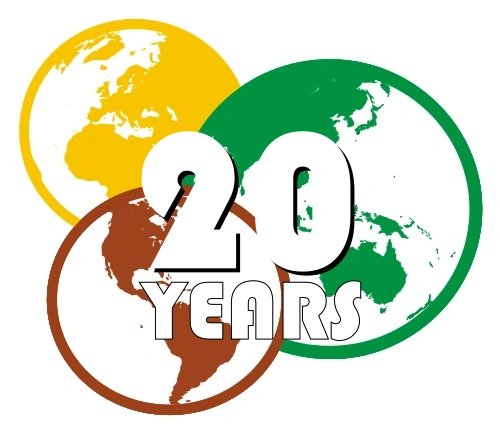Even though it is part of the 1983: Doomsday Timeline, its creator or creators have more work to do before it can be complete. You are welcome to give suggestions at the Talk Page. |
The Internet is a proposed global system of interconnected computer networks, to serve users around the world. With advancement in technology and the completion of the GLONASS satellite network, the creation of a truly global network is close at hand. Multiple nations around the world have their own networks, which can now be connected.
Networks by Nations & Organizations[]
Commonwealth of Australia and New Zealand[]
After Doomsday, the IBM and Tandy corporation branches in Australia and New Zealand were bought out by Telstra, an Australian telecommunications and media company, aiming to expand and continue the work of the destroyed home offices.
South American Confederation[]
With many IBM offices scattered throughout Latin America, computer development, although set back by the war, continued to expand there. This eventually led to the creating of the REMUNDO network in the year 2000.
Union of Sovereign Socialist Republics[]
With the European part of the Soviet Union hit hard, there remained few researchers who were familiar with constructing computer networks. However, what little remained of Novosibirsk that was not turned to rubble also housed the Novosibirsk State University and a lot of the students and faculty survived and reached safety.
In Krasnoyarsk, they would continue to do their research in the newly created Krasnoyarsk Institute of Electrotechnology, as well as develop a new line of Elbrus computers for the government. They worked off of the Elbrus 2 computer, eventually creating the Elbrus 3 (1992) and the Elbrus 4 (2004). Their research mainframes are still used by the government, military and the space program.
They were also instrumental in creating Kronos, a workstation that would spread throughout Siberia and is still used today, from libraries to offices and as personal computers. Currently, Kronos Model 3.4 is the latest model, created in 2005.
Currently, a civilian computer network does not exist, although researchers have begun to create small library networks and some have taken it upon themselves to create networks in cities around the country, with the state neither condoning nor condemning the actions. A new, state-run, personal computer network is expected to be created using the phone lines as access soon.
